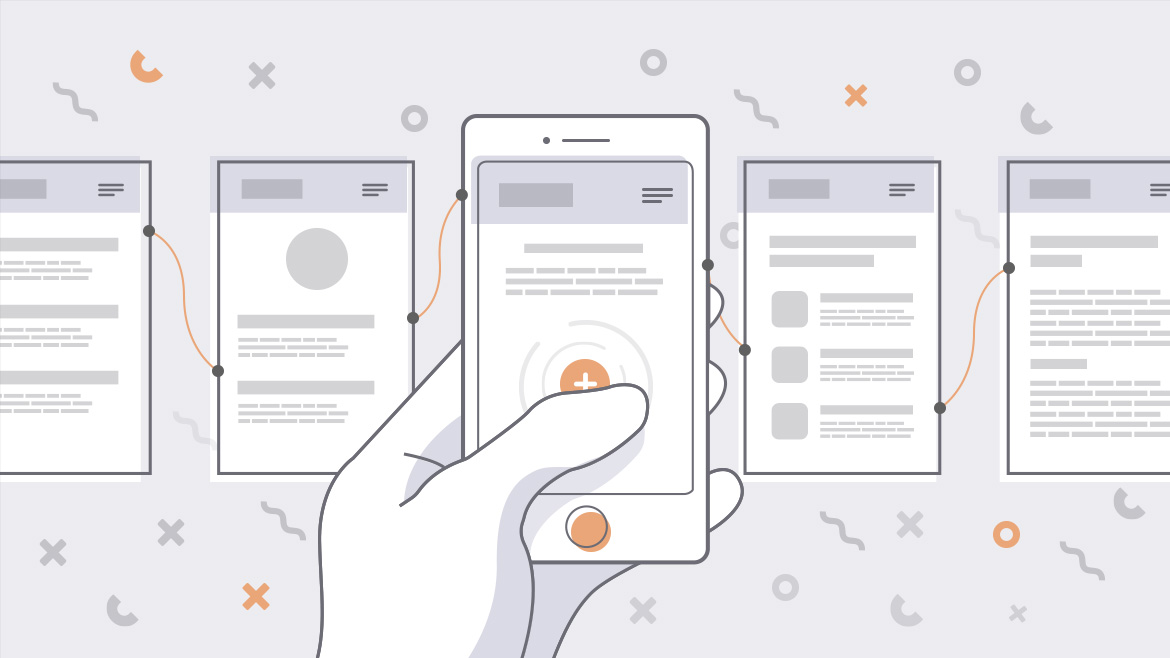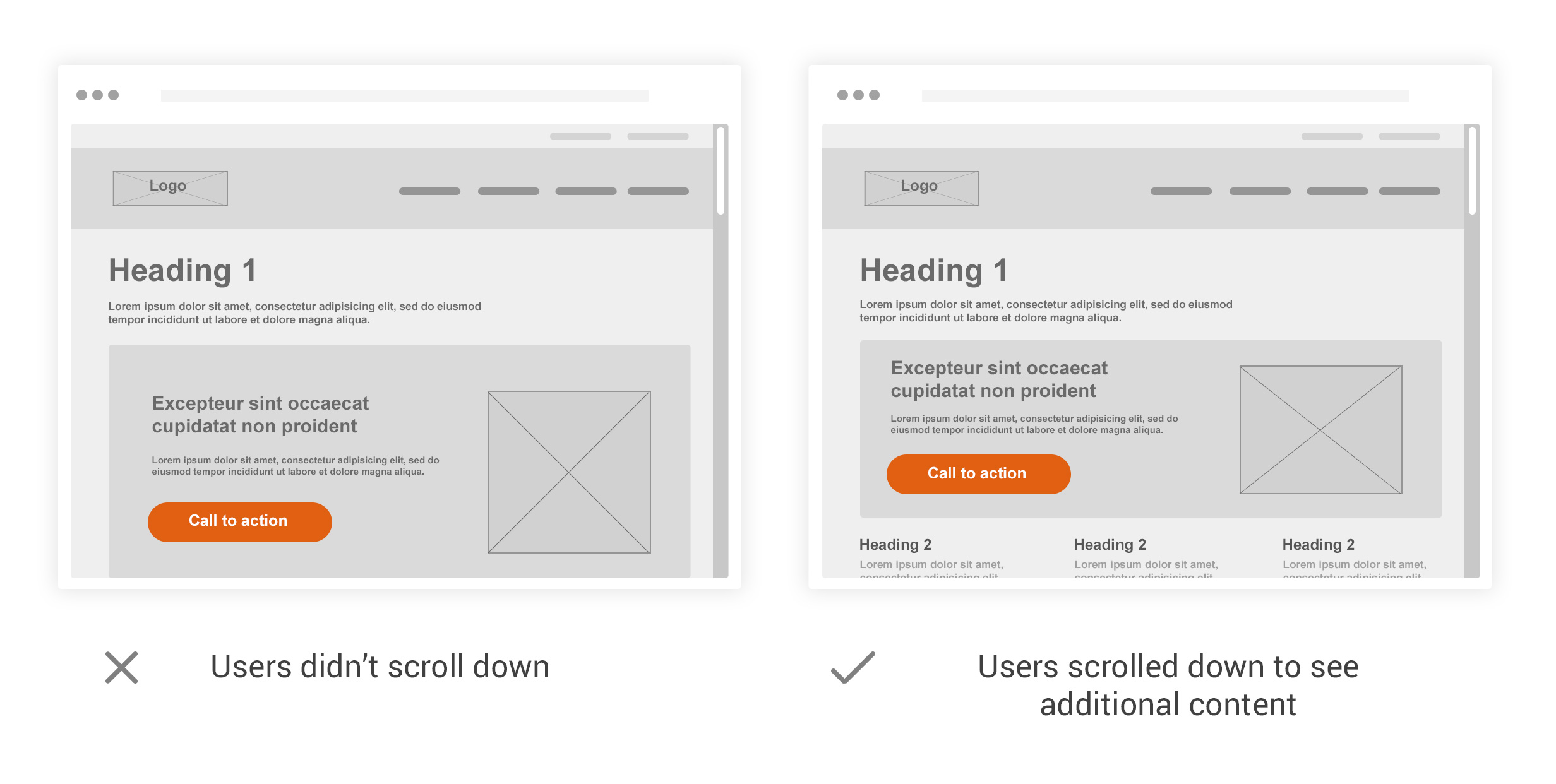
A frequent challenge we come across is how to take user research and turn this into into actionable tasks when creating and iterating wireframes and prototypes.
It’s important to a have detailed information about your audience, but you also need the creative vision and experience to turn this data into an effective user interface. Through creative problem solving, we explore available options before deciding on the best way forward based on a holistic view of the problem, balancing user needs with the client’s business requirements. Sometimes this ends up being the most obvious solution and sometimes it’s a more creative, off the wall solution.
“Creative problem-solving is the mental process of searching for an original solution to a problem.”
As a recent example, a user-testing session for a prototype of a large public-sector website we were working on threw up a challenge. We discovered that despite a commonly held misconception that users will happily scroll down the page, only 1 out of the 10 participants scrolled down to view the content beneath the fold.
When the client asked us what we thought the best solution would be, after gathering as much information as possible, we explored the options. Due to the tests being performed on a low-resolution screen, the main banner area stopped exactly at the bottom of the browser window. One of the solutions we proposed was a minor tweak in height to the banner area made a small amount of the content visible below the fold. When combined with vertical responsiveness, (meaning this would be visible on varying height/width screens), the user was given an indication of the additional content below that could be explored if they did scroll.

It was an effective and creative solution that didn’t impact the user’s experience or the development budget.
The process of implementing user research into wireframes and prototypes is obviously an important part of any project. Decisions made at this point have an impact on the future stages of the project and its ability to realise the creative vision. A prototype has the power to move the project closer toward the desired creative vision.
Creative problem solving requires creative minds.At S8080, we are lucky to have some of the best around. The long-standing myth is that designers just want something to look good, but the truth is that most designers appreciate that function takes primary importance over aesthetics and their goal is to achieve both. They always create with the user in mind and are constantly seeking sources of inspiration on how to do things better.
A creative mind that understands and works with conventions to propose better solutions that put the user first is ideal for prototyping solutions. These decisions are always made with the project’s end goals and creative vision in mind..
The best solution is not always the most obvious one. A user has expectations of certain conventions, but the effect of shifting from those conventions can sometimes create a better result for everyone. Our creatives are driven by producing solutions that are effective and intuitive to use but are constantly asking how things can be improved.
If you have a project which needs a creative solution, then don’t hesitate to get in touch.

